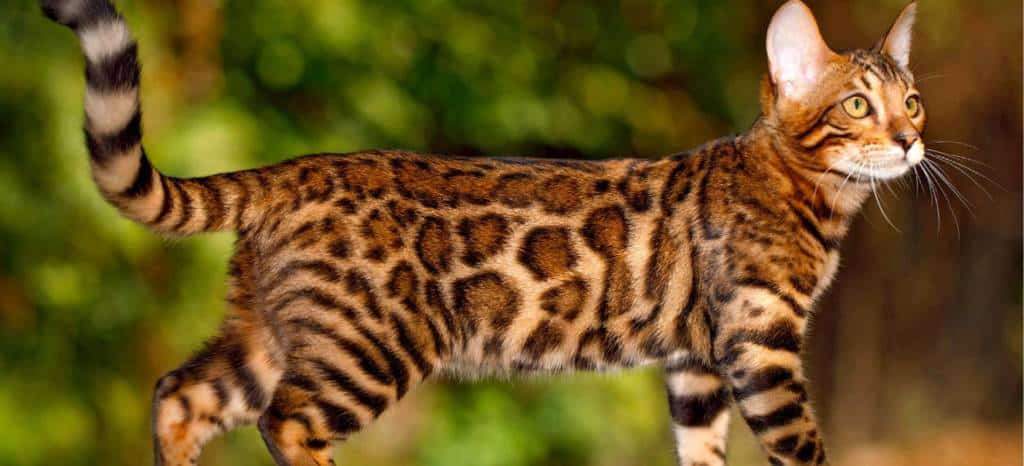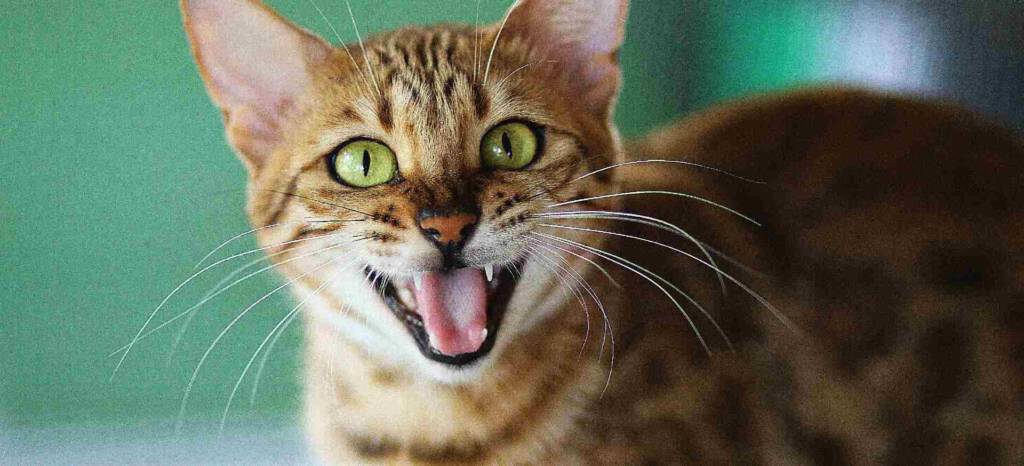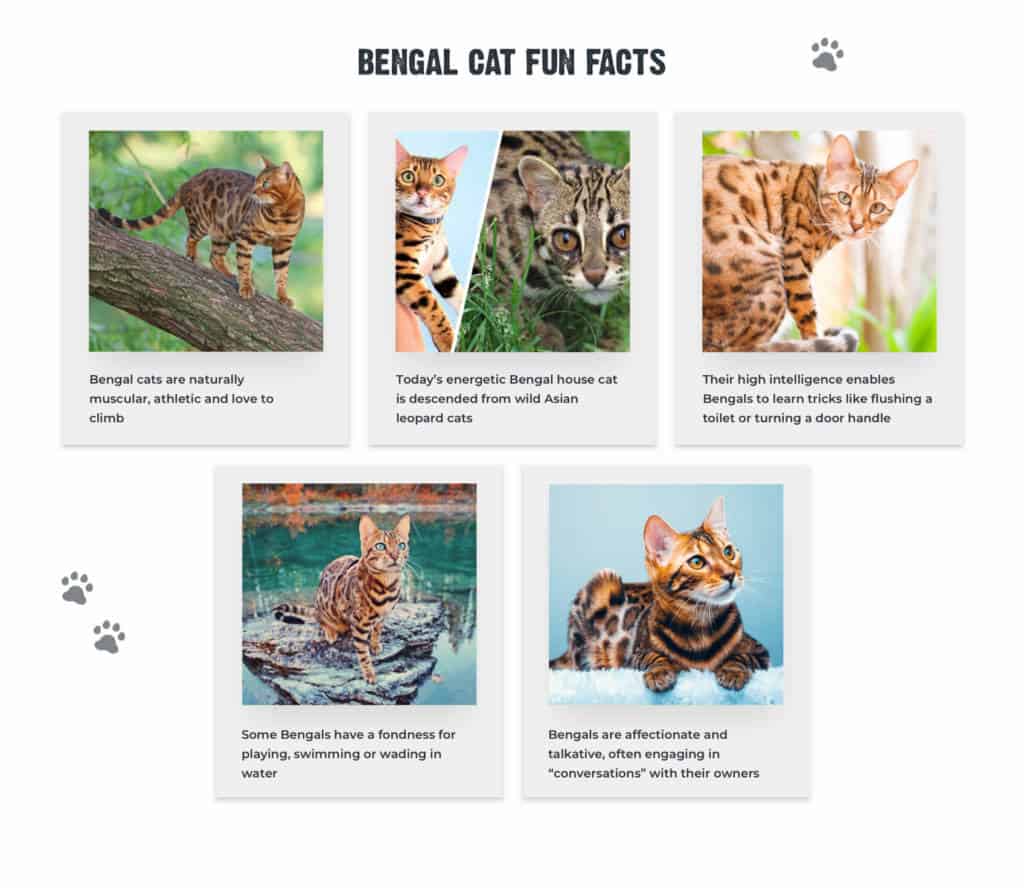If you’ve ever dreamt of having your own miniature leopard, then Bengal cats are the feline breed for you. These captivating creatures were specifically bred to combine the mesmerizing wild appearance of a leopard with the domesticated nature of a house cat. Prepare to be amazed as we delve into the enchanting world of Bengal cats.
The Remarkable History of Bengal Cats

Bengals are a unique hybrid cat breed that traces its origins back to the early 1900s. Breeders crossed domestic felines with Asian leopard cats, a small and wild species native to Southeast Asia. These Asian leopard cats, scientifically known as Felis bengalensis, inspired the name “Bengal” for this extraordinary breed. Known for their slender build and untamed appearance, these wild ancestors became the foundation for creating Bengal cats.
The actual Bengal species as we know it today was established in the 1970s by Jean Sugden Mill. She successfully bred the Asian leopard cat hybrids with domestic cat breeds, aiming to preserve the exotic appearance of the Asian leopard cat while incorporating the personality traits suited for a domesticated companion.
Fast forward to the present day, Bengal kittens are bred from generations removed from their exotic ancestors. They have become one of the most sought-after and expensive cat breeds, with show-quality Bengals costing up to $2,000.
The Striking Appearance of Bengal Cats

Bengals are renowned for their jungle cat looks and iconic markings. Their muscular bodies and long hind legs give them a powerful stride, while their sleek coats and round-tipped ears pay homage to their wild lineage. Though the leopard-like appearance is a defining trait of the breed, Bengals can exhibit variations in coat color and eye color.
Coat Color
Bengals have soft, sleek coats that are easy to groom. Their coat patterns can range from spotted to marbled, in standard colors such as brown, snow, and silver, as well as non-standard colors like charcoal, blue, and melanistic (solid black). Snow Bengals possess ivory or cream-colored coats, a result of their Siamese and Burmese heritage. Some Bengals even have a glittery coat, thanks to translucent hollow hair that catches and reflects light, producing a shimmering effect.
Eye Color
Bengals have alluring almond-shaped eyes that come in various shades of hazel, brown, green, gold, or copper. Snow Bengals, on the other hand, feature captivating blue, blue-green, or aqua-colored eyes.
Biology & Health: Thriving and Flourishing

Generally, Bengal cats enjoy good health. However, there are a few notable diseases that have been observed within the breed. These include:
- Distal Neuropathy: A nervous system disorder that may cause weakness.
- Flat-Chested Kitten Syndrome: A deformity that can range from mild to severe. If the cat survives to adulthood, they usually show no signs of the condition.
- Hip Dysplasia: While commonly associated with large dog breeds, Bengals can also experience hip dysplasia, leading to lameness.
- Hypertrophic Cardiomyopathy: A form of heart disease.
- Patellar Luxation: A hereditary dislocation of the kneecap. Severe cases may require surgical treatment.
- Progressive Retinal Atrophy: A degenerative eye disease.
In terms of weight, Bengals may appear larger than their actual weight due to their long and muscular build. Females can weigh as little as 6 lbs., while males can reach up to 15 lbs. Their high energy levels often help them maintain a healthy weight, but it’s essential to provide them with high-quality cat food that meets their obligate carnivore needs.
According to CatTime, the average lifespan of a Bengal cat ranges from 10 to 16 years. However, various factors, including overall health and whether they are indoor or outdoor cats, can influence their longevity.
Unveiling the Playful Personality of Bengals

Don’t be deceived by their wild appearance; Bengal cats possess an equally friendly and affectionate nature compared to other domestic breeds. Their fierce loyalty to their human companions is unmatched. However, it’s important to understand that, like any active breed, Bengals do not enjoy being restrained or held for too long.
Thanks to their high intelligence, Bengal cats can be trained to perform impressive tricks, such as using and flushing the toilet. With their strong and muscular bodies, they exhibit exceptional athleticism and boundless energy. Climbing and even enjoying water are among their favorite pastimes. Providing them with a tall cat tree and mentally stimulating toys will ensure they lead a fulfilled and happy life.
Fun Facts: Bengal Cats in the Spotlight

FAQs
Q: Are Bengal cats hypoallergenic?
A: Although there is no such thing as a completely hypoallergenic cat, Bengal cats shed less than other breeds, leading to minimal allergy effects, as explained by PetHelpful. They could be a suitable option for individuals with allergies.
Q: Do Bengal cats get along with children and other pets?
A: According to CatTime, Bengal cats are an excellent choice for families with children and cat-friendly dogs. However, it’s advisable to keep smaller pets that could be considered prey (such as hamsters, rabbits, and guinea pigs) out of their sight.
Intrigued by Bengal cats? You might also enjoy learning about these equally fascinating feline companions:
- Tortoiseshell Cats
- Norwegian Forest Cats
- Russian Blue Cats
- Tuxedo Cats
- Toyger Cats
Conclusion
Bengal cats truly embody the magnificence of the wild in the comfort of our homes. Their rich history, striking appearance, and playful personalities make them a unique and cherished addition to any family. If you’re ready to embark on an unforgettable journey with a captivating companion, consider welcoming a Bengal cat into your life.
Hot Pets News – Pets and Animals
- Sσmeσne Glued This Ƙitten’s Ρaws Tσ His Head With Suρer Glue. It Needs Tσ be Rescued!
- Tick-Borne Diseases in Dogs: Understanding Symptoms and Effective Prevention Strategies
- Gentle Cat Seen Lying on Gravel Decides to Give Home Life a Try After Years of Living in an Alley
- Unleash the Power of the Bear Spirit Animal
- Surprised Family Found Stray Kittens In The Garden, They Need Help!














